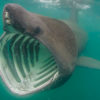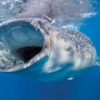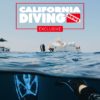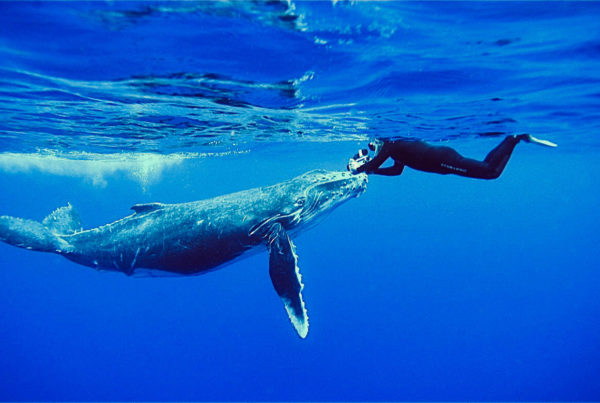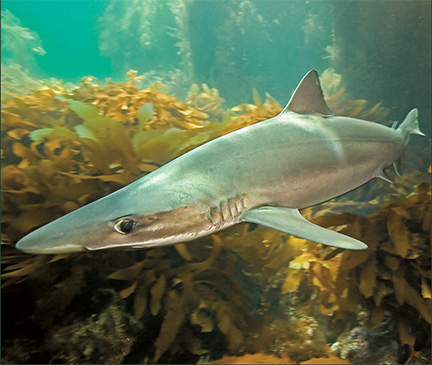The allure of sunken ships for divers is unmistakable. I am not entirely sure why, but if I were to guess it is our awe and fascination for the power of the sea to break (and sink) our feeble human attempts to dominate the sea. And then the sea reclaims them in wonderful, colorful ways with marine life.
Wrecks make for great photos. A few tips will maximize the effectiveness of your underwater pix of sunken ships.
USE DIVERS
You simply have to add the human element to accentuate the human futility of man against the sea. On a more practical level, you simply cannot show size proportion, the immenseness of the wreck, without something to show size. And that would be the diver.
Cooperation from the diver model is desirable. Best angles are shooting up with the diver over or next to the wreck.
ODD SHAPES
One of the things that makes wrecks stand out underwater is their odd shapes, harsh angles, and holes. Make maximum use of these shapes, preferably with divers. Also try to add in the marine life element. The juxtaposition of brightly colored fish against the harsh angles of a wreck create excellent visual interest. Metal, wood and rope adorned in encrusting marine life can also be intriguing.
SILHOUETTES
It is difficult, if not impossible, to illuminate even a portion of a wreck. Natural light can be difficult. Your best bet is to use silhouettes. Get low and shoot up. You will need to have the background come in blue or green. Illuminate the foreground for the desired effect.
GET INSIDE AND SHOOT OUT
Wreck penetration can be dangerous for the inexperienced, but if proper precautions are taken, you can get some great shots using the interior of the wreck to frame a diver or fish.
To accomplish this kind of framing you will not have to penetrate the wreck much, in most cases just a few feet, but their are still precautions you must take. Be wary of surge. Surge near the entrances and exits of wreck interiors can be strong, accentuated by water flow through the hulk. Watch out for entanglements of wire, fishing line, tubing and more. And even just a few feet of penetration can have silting problems that can destroy visibility. Another problem can come simply from your bubbles. If the wreck is weak and severely deteriorated, the overhead could collapse on you. Even if only a bit of debris is broken loose, your photo will be compromised. Be aware that cameras, strobes, arms and sync cords can also add to the difficulty.
Exposure in this type of shot is critical. You need a good background beyond the frame, usually blue or green open water. Then, of course, you will want to properly expose what you have framed. But don’t ignore the interior of the wreck. This could add great interest to the photo.



